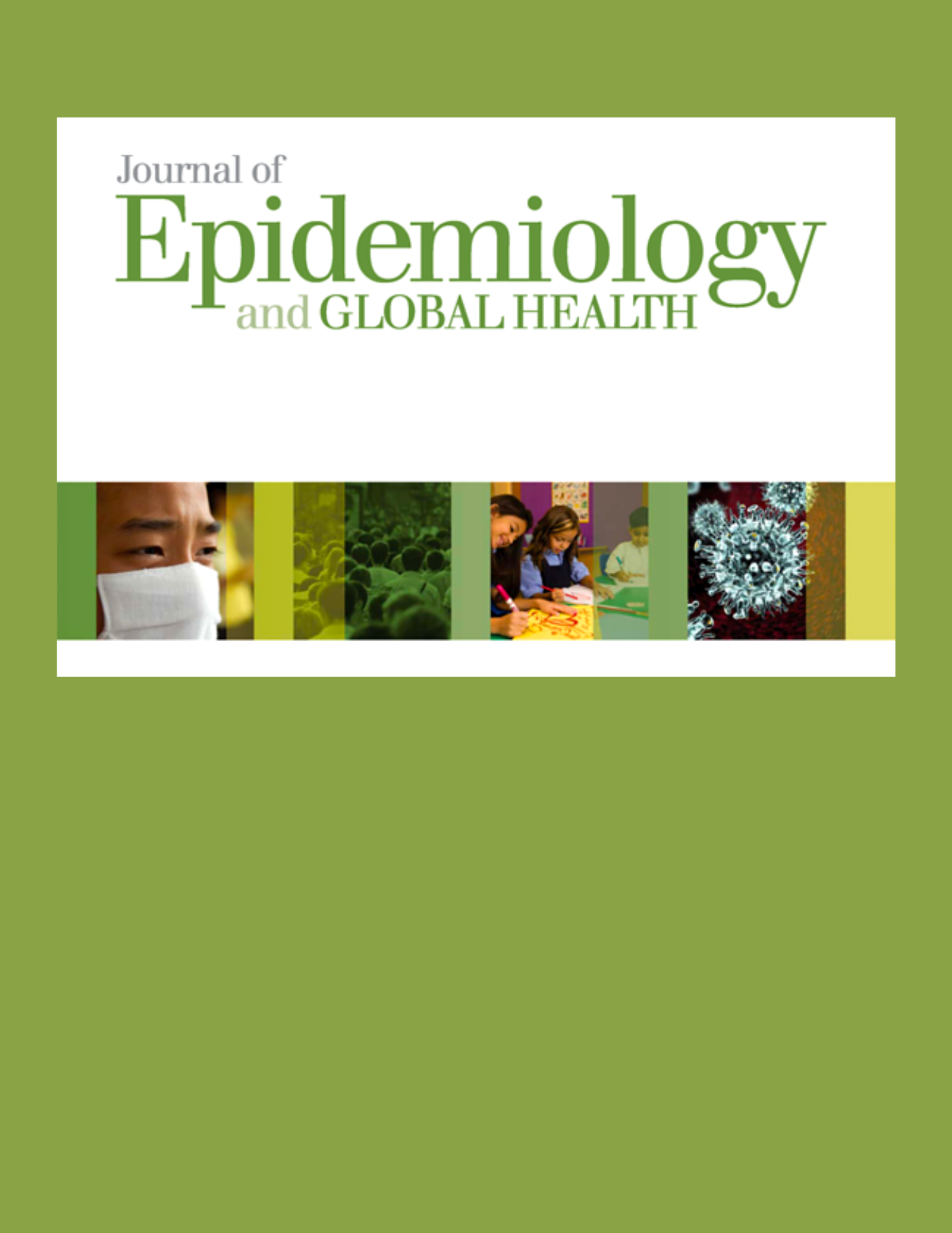A national survey of childhood physical abuse among females in Swaziland
This study describes the scope and characteristics of childhood physical abuse in a nationally representative sample of 13–24 year-old females in Swaziland. It also examined health consequences and risk factors of childhood physical abuse.
The study utilized a two-stage cluster sampling design in order to conduct the household survey. Nearly 1 in 5 females in Swaziland has experienced childhood physical abuse in their lifetime, with nearly 1 in 20 having experienced abuse that was so severe that it required medical attention. A number of risk factors for lifetime childhood physical abuse were identified including: maternal death prior to age 13; having lived with three or more families during their childhood; and having experienced emotional abuse prior to age 13.

CDC Research Brief: One in five girls in Swaziland experience childhood physical abuse
Key findings:
- About one in five girls experienced childhood physical abuse in their lifetime.
- One in twenty (5%) girls experienced an injury requiring medical attention as a consequence of childhood physical abuse.
- Childhood physical abuse was associated with several factors among victims.
Girls who experienced physical abuse were more likely to be those:
- Whose mother died before the girls turned 13.
- Who lived with three or more families in their lifetime.
- Who experience emotional abuse before age 13.
- Childhood physical abuse was associated with several negative health consequences, including:
Feeling depressed
Having thoughts about suicide
Attempting suicide
Having a sexually transmitted infection
Having problems sleeping
Using alcohol
The most common perpetrators were mothers, fathers, other female relatives, and other male relatives.
What is added by this report?
Nearly 1 in 5 girls in Swaziland experienced childhood physical abuse and nearly 1 in 20 experienced abuse that was so severe that it required medical attention. The most common perpetrators were caregivers and relatives. Childhood physical abuse was associated with a range of health problems. Girls who were particularly vulnerable to physical abuse were those whose mother died before the girl was 13, those who lived with many families in childhood, and those who experienced emotional abuse before age 13.
This study was the first to show the scope of the problem of childhood physical abuse among girls in Swaziland, both in terms of how many girls experienced physical abuse (the prevalence) and consequences. This study was also able to identify a number of risk factors for physical abuse. The findings can help those dedicated to the protection of children in developing more targeted strategies to prevent violence.